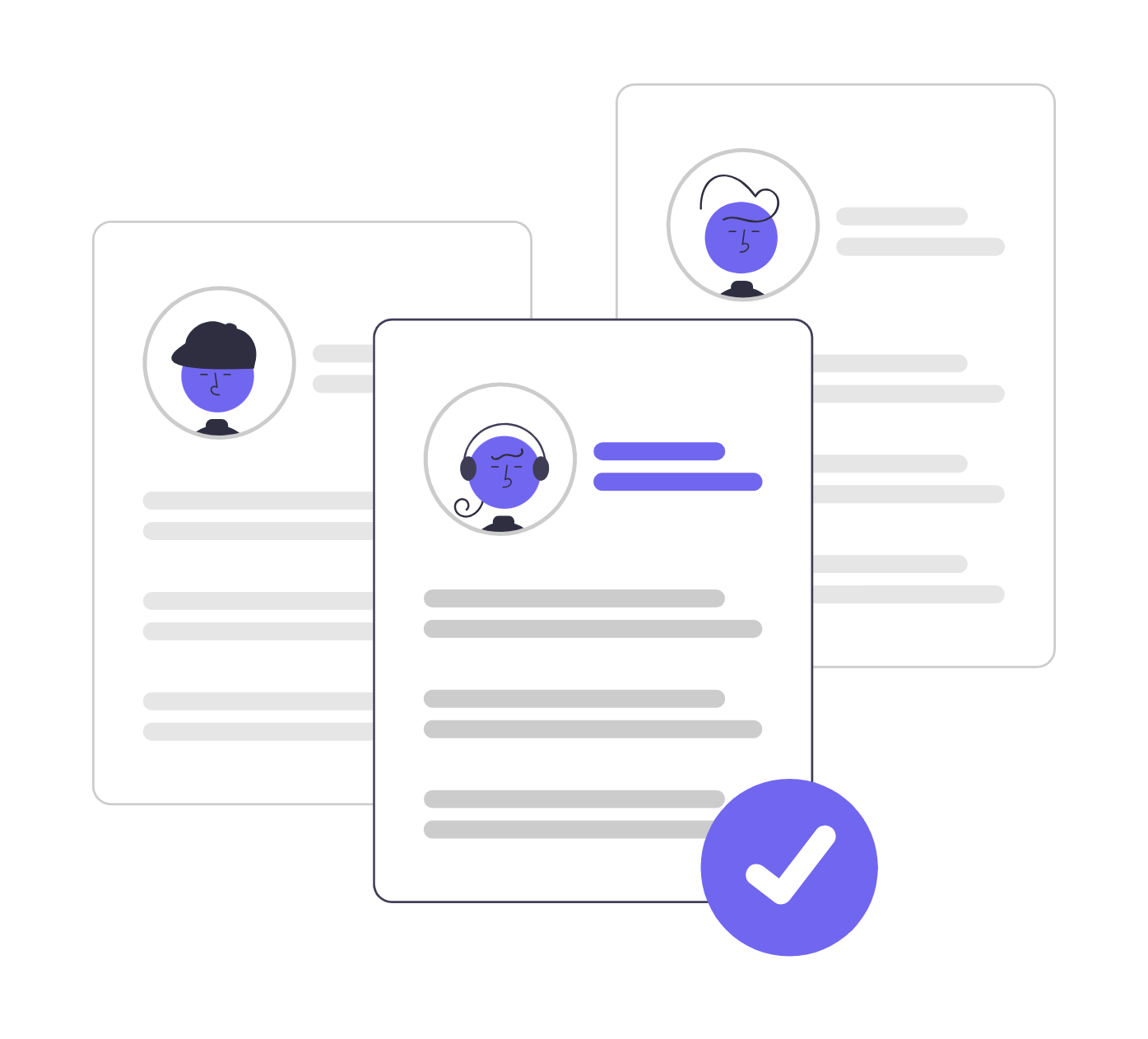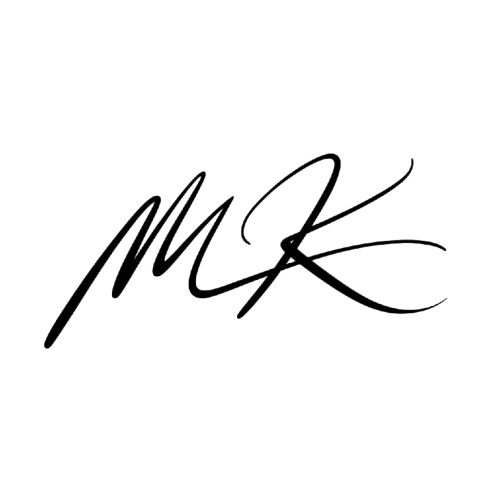Share
Discrimination in hiring isn’t always loud or obvious. In fact, the most damaging forms are often subtle—embedded in job descriptions, resume reviews, interview questions, and hiring decisions that feel like “just a gut instinct.” And yet, the impact is real: 34% of job seekers in the UK report having faced discrimination during the hiring process.
If you’re hiring in today’s world, that statistic should stop you in your tracks.
Because here’s the truth: if your recruitment process still leans heavily on resumes, subjective judgments, and vague notions of “culture fit,” you’re almost certainly excluding great candidates—whether you realize it or not.
In this post, we’ll break down how to identify hidden biases, where discrimination slips into hiring workflows, and—most importantly—how to build a recruitment process that’s fair, inclusive, and far more effective at identifying real talent.
1. Discrimination Isn’t Always Intentional—But It’s Often Built Into the System
Most hiring managers don’t set out to discriminate. But bias doesn’t need intent to do damage. It creeps in through:
- Job ads with gender-coded language
- Resume filtering that favors “elite” universities
- Interview panels that value charisma over competence
- Decisions based on how much a candidate “feels like a fit”
These practices lead to predictable outcomes: homogenous teams, missed opportunities, and an increasingly narrow talent pipeline. And when hiring is based more on comfort than criteria, it’s not just unfair—it’s ineffective.
2. The Business Case for Inclusive, Bias-Free Hiring
Preventing discrimination isn’t just about legal compliance or moral responsibility—it’s also about performance.
Studies show that companies with diverse workforces:
- Experience a 19% increase in revenue (Deloitte)
- Make better decisions 87% of the time (Cloverpop)
- Are twice as fast at solving problems (Cloverpop)
- Outperform less diverse competitors in nearly every measurable way (McKinsey)
On the flip side, biased hiring practices can severely damage your employer brand. Nearly 60% of job seekers say they won’t apply to a company with a reputation for discrimination.
3. Start With the Job Description: Words Matter
Discrimination often begins before a candidate even applies. Job descriptions can subtly (or not so subtly) signal who’s welcome and who’s not.
For example:
- “Energetic” or “digital native” → age-coded
- “Aggressive” or “rockstar” → gender-coded
- “Must be able to lift 30 lbs” → potentially excludes applicants with disabilities
Best practices:
- Use inclusive, neutral language
- Focus on what the role requires, not who you imagine doing it
- Be open about flexibility (e.g., part-time, remote, job-sharing)
Run your descriptions through a gender decoder or bias detection tool
4. Expand Your Reach: Where You Advertise Shapes Who Applies
Even the best-written job ad won’t reach a diverse pool if you only post in the same networks every time.
What to do instead:
- Promote roles in a wide range of job boards and community groups
- Don’t rely solely on internal postings—especially if your current team lacks diversity
- Ensure employees on leave (e.g., parental or medical) have access to new openings
- Actively partner with organizations that support underrepresented talent in your industry
Workscreen Eliminates low-effort applicants—including those who use AI Tools to apply, copy-paste answers, or rely on "one-click apply." This way, you focus only on genuine, committed, and high-quality candidates—helping you avoid costly hiring mistakes.

5. Use Anonymous Screening to Focus on Skills, Not Identity
One of the most powerful ways to reduce bias? Don’t look at identifying information.
That means removing:
- Names
- Photos
- Gender markers
- Age or graduation dates
- University names (if not essential to the role)
This “blind recruitment” approach forces decision-makers to evaluate candidates based on what matters most: their relevant experience and skills.
6. Add a Structured Rubric for Every Interview
Unstructured interviews are breeding grounds for bias. Research shows they often favor candidates who are extroverted, culturally similar, or simply likable.
Instead:
- Define your criteria before the interview
- Ask the same questions in the same order for all candidates
- Use a standardized scoring rubric with clear definitions
- Require interviewers to score independently before discussing as a group.
Easily administer one-click skill tests with Workscreen-This way you can assess candidates based on real-world ability—not just credentials like résumés and past experience. This helps you hire more confidently and holistically.

7. Diversify Your Interview Panels—and Your Review Process
If your interview panel is homogenous, so is your perspective.
A few strategies:
- Bring in colleagues from different departments, roles, or backgrounds
- Invite third-party reviewers to audit interview notes or challenge initial impressions
- Consider how your team defines “fit”—and whether that definition excludes difference.
Bias isn’t just individual—it’s cultural. If everyone at the table shares the same reference points, you’re likely missing key insights about candidate potential.
8. Use Work Samples or Skill Tests to Ground Hiring in Reality
Resumes and interviews are poor predictors of job performance. Work samples—such as case studies, writing assignments, or job simulations—offer a more objective, job-relevant view.
Tips:
- Make the tasks realistic and role-specific
- Evaluate based on clear scoring criteria
- Review blind if possible (no names or metadata)
- Separate this process from the interview for an independent data point
9. Accommodate Different Needs Without Making It a Burden
Candidates with disabilities, caregiving responsibilities, or religious observances often face invisible barriers during hiring.
Inclusive recruitment means:
- Offering applications in accessible formats
- Allowing alternative application methods (e.g., email instead of portal)
- Providing flexible interview times and accessible locations
- Being proactive—not reactive—about reasonable adjustments
10. Document, Reflect, and Provide Feedback
Even a fair process can be undermined by poor communication after the fact.
Best practices:
- Keep detailed records of how decisions were made (especially shortlists)
- Provide clear, constructive feedback to unsuccessful candidates
- Reflect on whether your process truly delivered equitable outcomes
- Regularly audit your hiring funnel for disparities.
Discrimination thrives in ambiguity. Transparency helps prevent it.
Candidates with disabilities, caregiving responsibilities, or religious observances often face invisible barriers during hiring.
Inclusive recruitment means:
Final Thoughts: Fair Hiring Isn’t Just Fair—It’s Smarter
The old way of hiring—relying on gut feelings, resumes, and charisma—doesn’t just risk discrimination. It risks missing your best candidates.
By redesigning your hiring process to reduce bias and prevent discrimination, you’re not just doing the right thing—you’re doing the smart thing.
You’ll build stronger teams. You’ll make better decisions. And you’ll gain a reputation as a place where great people from all backgrounds are welcome—and able to thrive.
Quickly identify your most promising candidates. WorkScreen automatically evaluates, scores, and ranks applicants on a performance-based leaderboard—making it easy to spot top talent, save time, and make smarter, data-driven hiring decisions.

FAQs
A: It can be overt (e.g., asking about a candidate’s age or disability) or subtle (e.g., favoring a confident speaker over a quiet but capable one). Bias also shows up in job ads, resume filters, and informal interview styles.
A: Use blind screening, structured interviews, diverse panels, and skill-based evaluations. Regularly audit your process for bias, and ensure accessibility throughout.
A: In most cases, no. You can only ask about disability or health if it’s directly related to the job or for accommodation planning. Avoid questions about sickness history or visible conditions.

